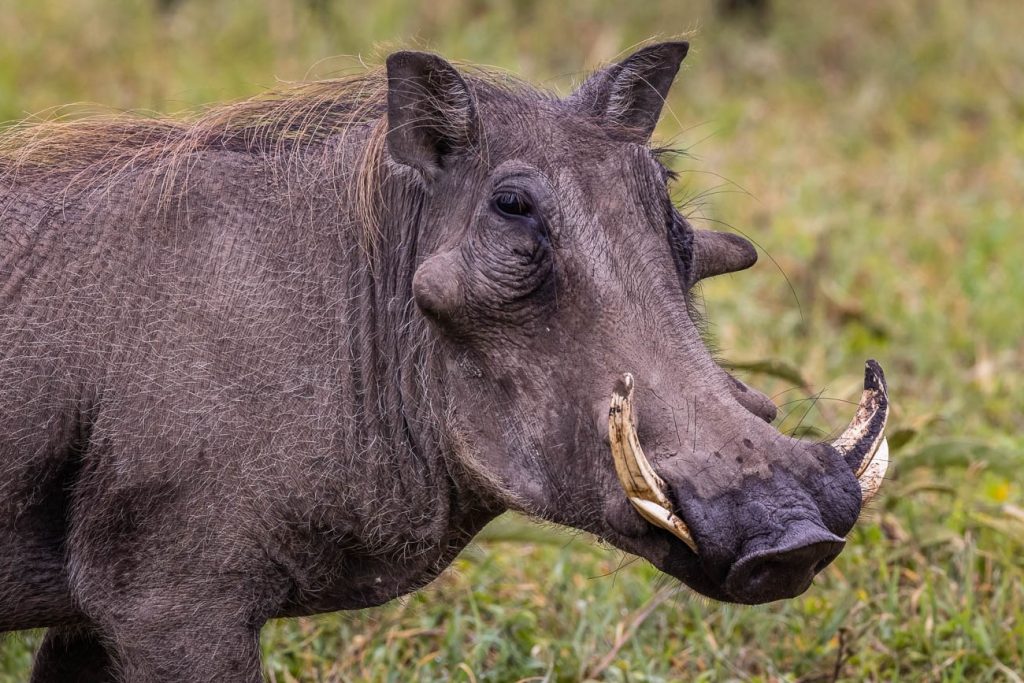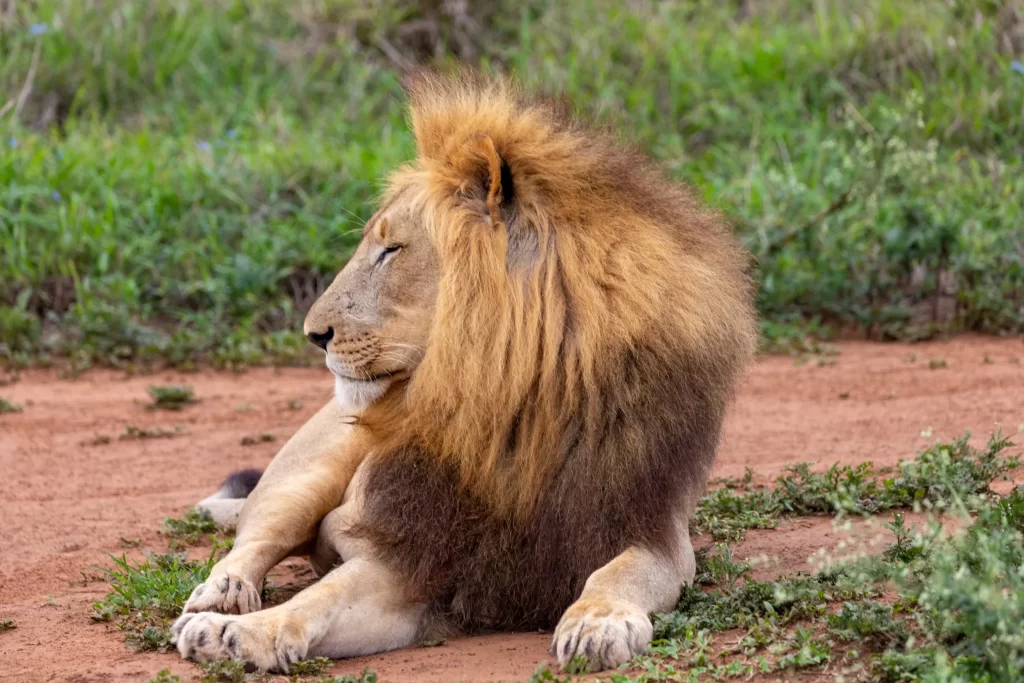
The Enswanti kingdom Swaziland in Africa
Location: East within South Africa
Capital: Mbabane, Lobamba
Currency: Swazi Lilangeni
Population: 1.192 million (2021) World Bank
Official language: Swati, English
Government: Monarchy,
Flag
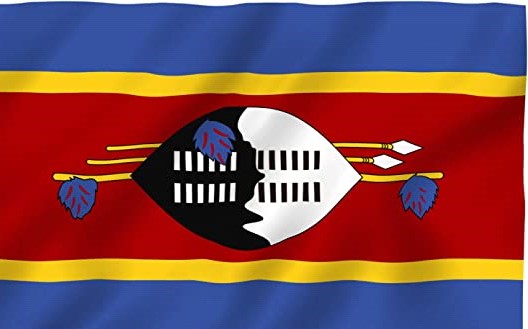
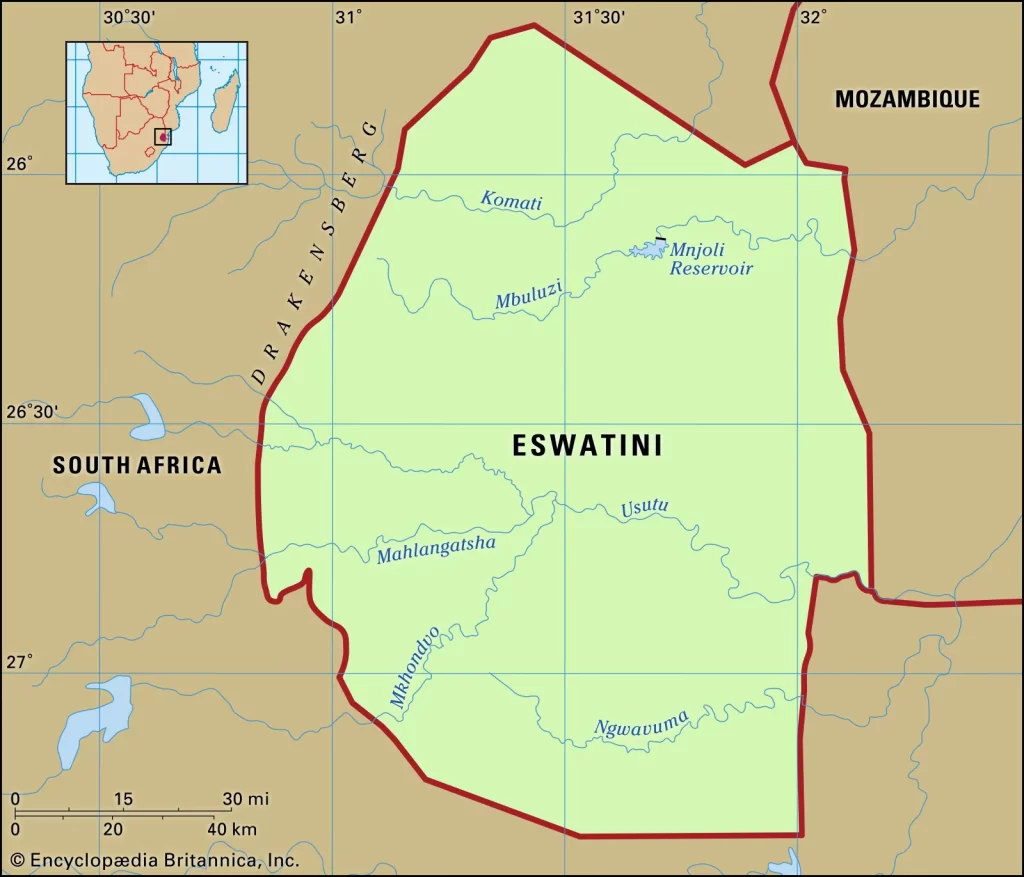
If you are looking for a unique and memorable destination for your next vacation, you might want to consider Eswatini Kingdom, formerly known as Swaziland kingdom. This small landlocked country located with-in Southern Africa is one of the few remaining absolute monarchies in the world, and it offers a rich and diverse culture, stunning natural beauty, and plenty of adventure.
Eswatini is known for its friendly and welcoming people, who will make you feel at home with their warm smiles and greetings. You can stay in a variety of accommodation options, from luxury lodges and hotels to cozy guesthouses and campsites. You can also sample the delicious Swazi cuisine, which is influenced by both African and European flavors. Some of the dishes you should try are sishwala (thick porridge served with meat or vegetables), sidvudvu (pumpkin porridge), emasi (sour milk), and biltong (dried meat).
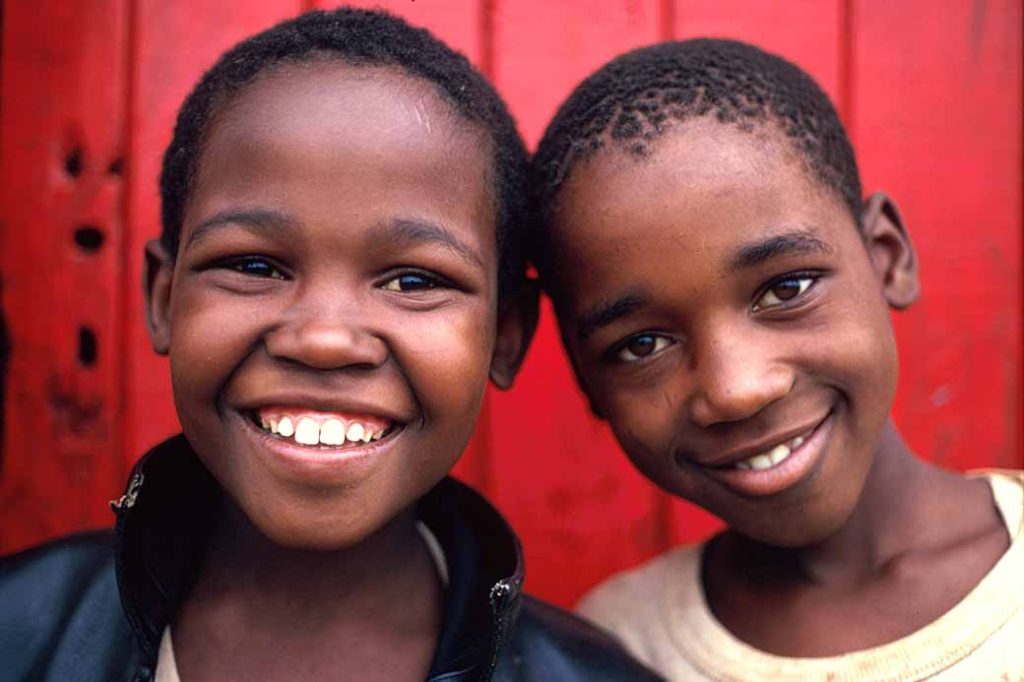
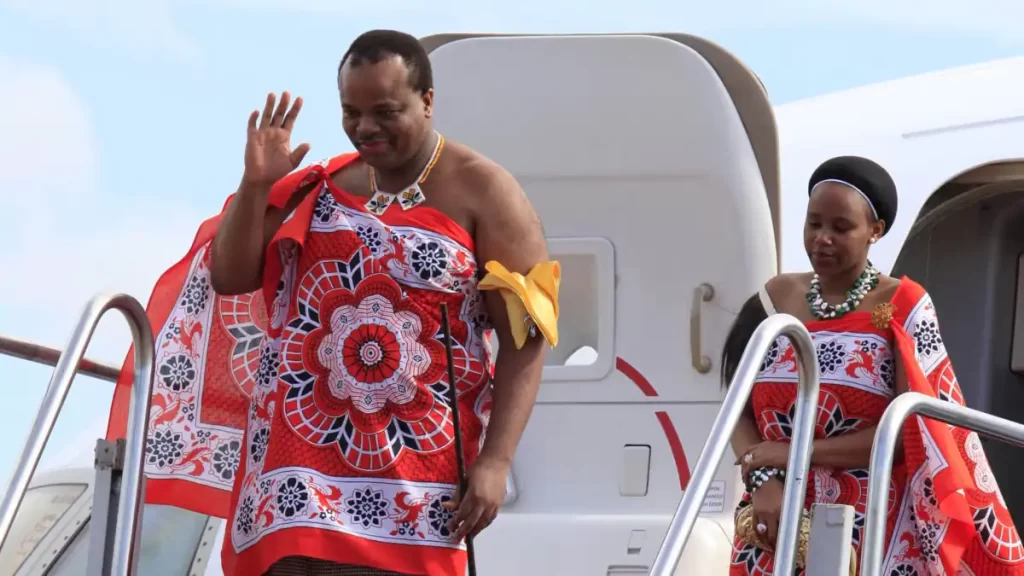
Eswatini, officially Kingdom of Eswatini, Swati Umbuso weSwatini, previously called Kingdom of Swaziland, landlocked country in the eastern flank of South Africa, where it adjoins Mozambique. It extends about 110 miles (175 km) from north to south and about 80 miles (130 km) from west to east at its largest dimensions.
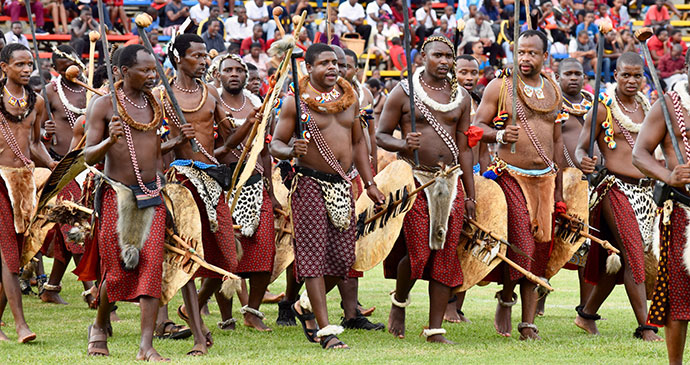
In the colonial era, as a protectorate, and later as an independent country, Eswatini was long known as Swaziland. The name Swazi is the Anglicized name of an early king and nation builder, Mswati II, who ruled from 1840 to 1868. The country’s administrative centre is Mbabane, former capital of the British colonial administration. The national capital is the seat of King Mswati III and his mother, some 11 miles from Mbabane, at Phondvo in the vicinity of Lobamba, where the houses of parliament and other national institutions are situated. In April 2018 the king announced that he was changing the official name of the country from the Kingdom of Swaziland to the Kingdom of Eswatini.
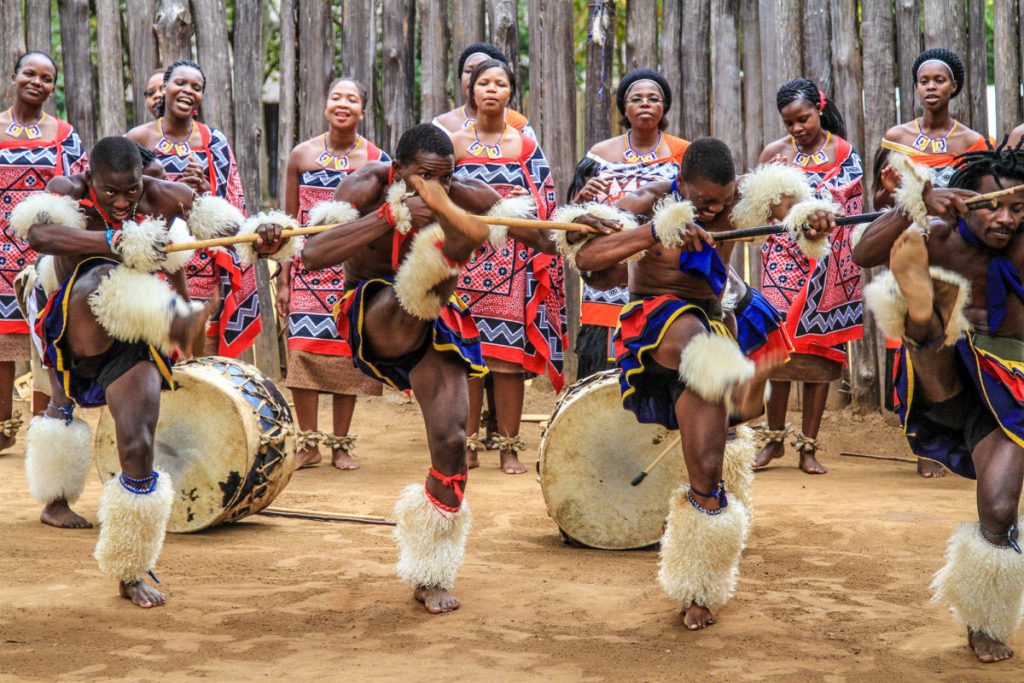
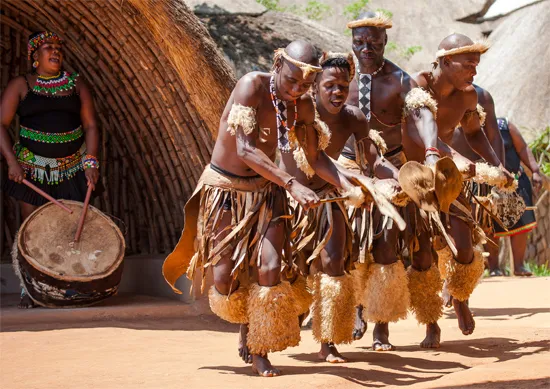
In the colonial era, as a protectorate, and later as an independent country, Eswatini was long known as Swaziland. The name Swazi is the Anglicized name of an early king and nation builder, Mswati II, who ruled from 1840 to 1868. The country’s administrative capital is Mbabane, former capital of the British colonial administration. The national capital is the seat of King Mswati III and his mother, some 11 miles from Mbabane, at Phondvo in the vicinity of Lobamba, where the houses of parliament and other national institutions are situated. In April 2018 the king announced that he was changing the official name of the country from the Kingdom of Swaziland to the Kingdom of Eswatini.
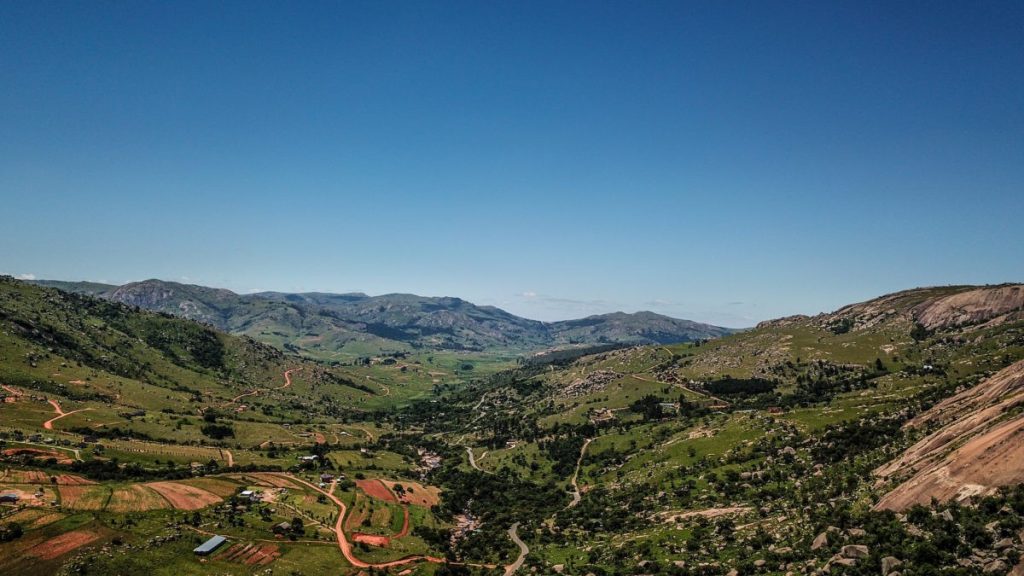
A long and complex geologic history has created a landscape with a surprising variety of relief, climate, and soils for such a small country. There are four well-defined physiographic regions, extending longitudinally from north to south in roughly parallel belts. From west to east, they are the Highveld, the Middleveld, the Lowveld, and the Lubombo (Lebombo) escarpment. Geologically, the oldest formations are in the west, and the youngest are in the east.
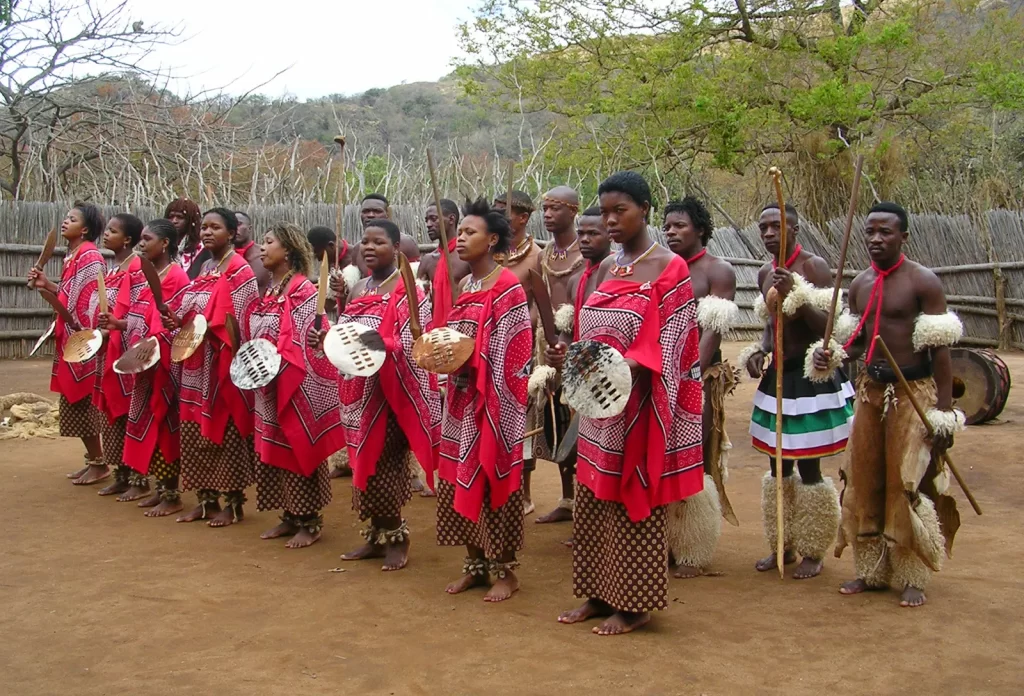
Interesting places a must see in Swaziland
(1)Mantenga Cultural Village & Nature Reserve
The entrance fee to this tranquil, thickly forested reserve covers a guided tour of the Swazi Cultural Village, a ‘living’ cultural village with authentic beehive huts and cultural displays, plus a sibhaca dance (performed daily at 11.15am and 3.15pm) and a visit to the impressive Mantenga Falls. The reserve is also great for hiking; day hikers pay only E50. Although it’s not a big wildlife park, it offers a chance to see vervet monkeys, baboons, warthogs, nyalas and duikers.
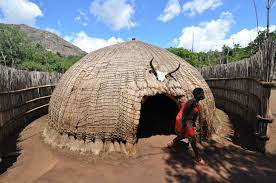
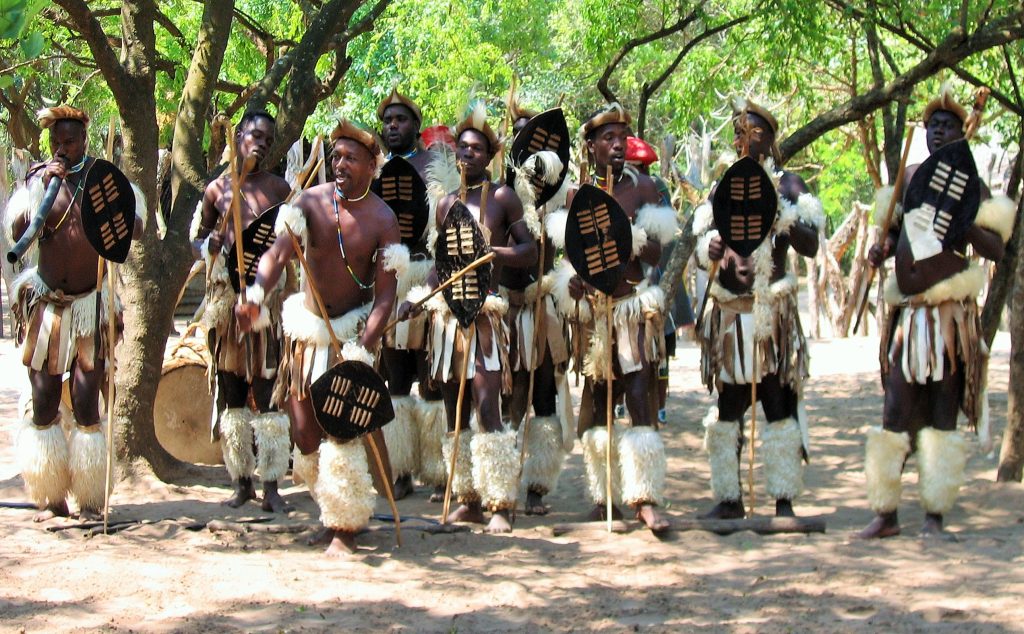
(2) Malolotja Nature Reserve
he ruggedly beautiful Malolotja reserve is a prime spot for hiking, with varied terrain to keep walkers interested. The centrepiece is the Komati River, which cuts through a gorge, creating mini waterfalls and rapids as it goes. Big name wildlife is absent, but you’ll likely see zebras, elands, wildebeest and various species of antelope. Birdwatchers are in heaven, with over 280 species recorded within the reserve’s boundaries.
Malolotja is also home to the country’s only canopy tour – a series of ziplines cutting through the treetops.
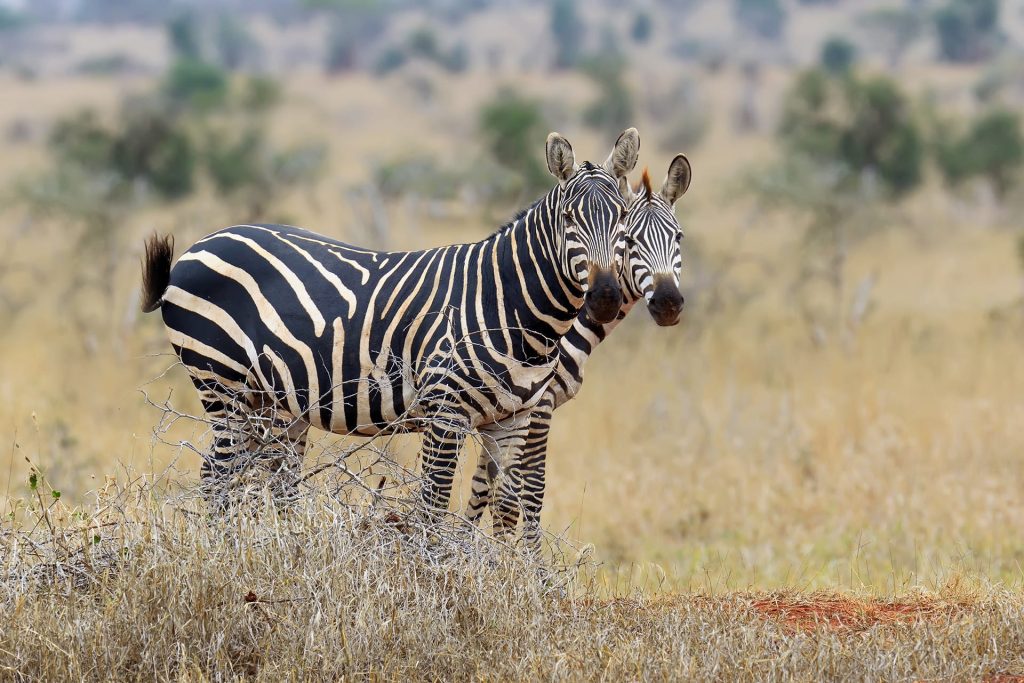
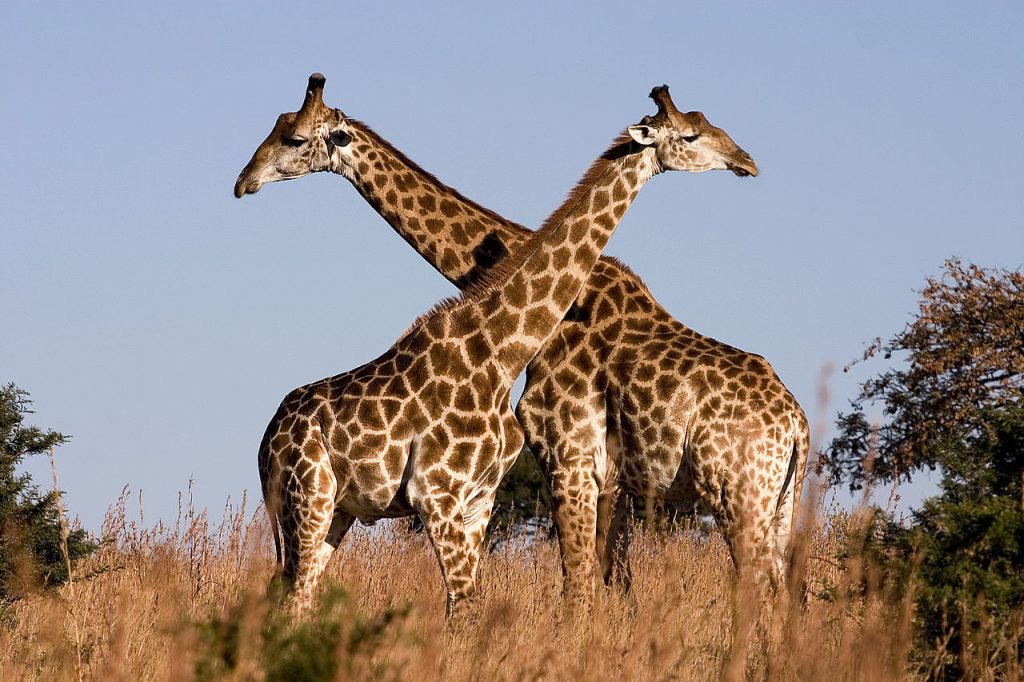
(3) Hlane Royal National Park
Hlane Royal National Park for the big stuff. eSwatini’s largest protected area, this well-organised reserve is home to elephants, lions, leopards, white rhinos and many antelope species, and also offers impressive opportunities for birdwatching. Activities include overnight bush trails, a dedicated rhino drive, guided bird walks, mountain biking and cultural tours. Hlane’s flagship species include lion, elephant, black & white rhino, giraffe and hippo, with good populations of kudu, zebra, blue wildebeest, waterbuck, warthog, duiker and impala and a host of lesser-seen mammals. Jackals and hyenas play their very important role in the ecology of the park.
